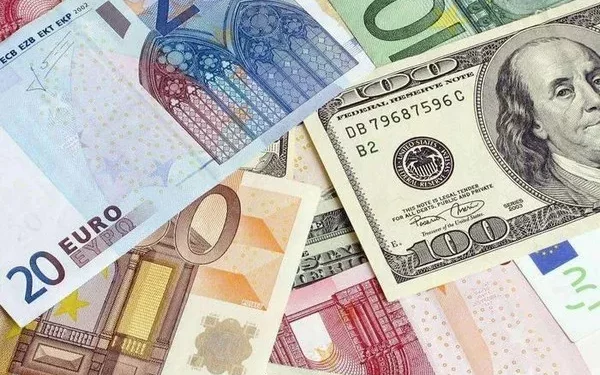Overview: The rate hike was as expected with a 25bp hike to 4.00%. The rate path signals that the door is open for another hike in November (10bp). Changes to the macro picture were overall small.
We see no reasons to change our call on the Riksbank that this was the final hike of this cycle, although the risk to our call is admittedly still on the upside.
Inflation/macro forecast: Riksbank (RB) makes quite small adjustments to the macro outlook. In essence, it lifts the inflation forecasts for both CPIF and CPIF excl. Energy by 0.1 p.p. for 2023 and 2024. They note that food and energy prices have dampened markedly but emphasize that services prices (supposedly outside the housing sector) and the weak krona continue to be main risks for keeping inflation higher than forecasted. The RB now expects CPIF to print below the 2% target in January 2025 with CPIF excl. Energy at 2.2 % yoy at that time. On the real economic outlook the GDP forecast is reduced slightly, primarily this year and marginally for 2024. They point to interest sensitive sectors such as household consumption and housing construction. Unemployment is actually reduced for 2023 and a tad higher for 2024, but they note that one explanation for the strong labour market may be “labor hoarding”
Policy rate path: The rate path revisions were on the dovish side to our expectations, where the signals are for another 10bp hike in November (we expected 10-15bp). On a granular level, the only significant change in the rate path is the adjustment for today’s outcome, where the June path signalled a 20bp probability. The rate path now peaks at 4.1% and is kept flat throughout 2024 and gradual cuts not until mid 2025
Balance sheet/QT: No changes in QT volumes. The Riksbank will therefore continue to sell SEK 5bn/month of government bonds. The monetary policy report states that if “monetary policy were to need tightening further, policy rate hikes are the main and most effective tool.” They stress the importance of predictability with regards to balance sheet adjustments. We judge the probability for an announcement of QT volume changes by November to have diminished.
SEK comment: The Riksbank announced that it will start hedging parts of the FX reserves from Monday next week amounting to USD8bn and EUR2bn. The duration of the hedging program is 4-6 months, which corresponds to EUR70-EUR100M per day on average. Part of the hedging may be achieved by means of the Riksbank exchanging EU payments and adjusted for that, the estimated exchanges will be within the interval of 55-85M euros per day. The decision is in line with our expectations of a relatively frontloaded period of 3-6 months, see Reading the Markets Sweden, 15 September. The rationale is to lock in unrealised profits on the FX reserves and does not have a monetary policy purpose, that is, it is NOT a currency intervention. The announcement of a frontloaded hedging strategy is supportive of our call for a near-term correction lower in EUR/SEK.



























